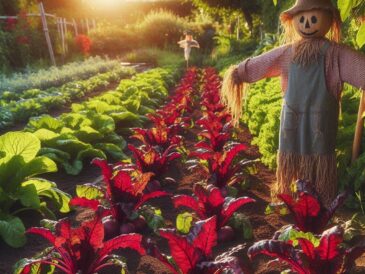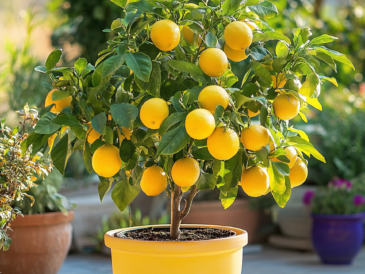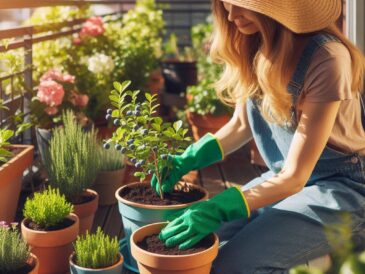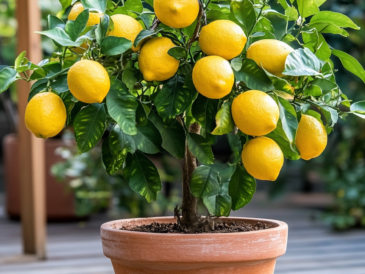Growing strawberries at home can be a rewarding and delicious endeavor. Follow these simple steps to cultivate your own fresh, juicy strawberries:
Step 1: Choose the Right Variety
Select a strawberry variety suited for your growing conditions. Popular types include:
- June-bearing: Produce a large crop in early summer.
- Everbearing: Produce two to three harvests per year.
- Day-neutral: Produce fruit continuously throughout the growing season.
Step 2: Select a Planting Location
Strawberries need plenty of sunlight and well-drained soil. Choose a spot in your garden or use containers that can be placed in a sunny location.
Step 3: Prepare the Soil
Strawberries prefer slightly acidic soil (pH 5.5 to 6.5). Prepare the soil by:
- Removing weeds and debris.
- Mixing in organic compost to improve soil fertility and drainage.
Step 4: Planting the Strawberries
- Timing: Plant strawberries in early spring or late summer.
- Spacing: Space plants about 12 to 18 inches apart in rows 3 to 4 feet apart.
- Planting Depth: Dig a hole deep enough to cover the roots without burying the crown (where the stem meets the roots). The crown should be at soil level.
- Planting: Place the plant in the hole, spread the roots, and cover with soil. Firm the soil around the plant and water thoroughly.
Step 5: Mulch the Plants
Apply a layer of mulch around the plants to:
- Retain moisture.
- Suppress weeds.
- Protect fruits from soil contact. Straw or pine needles work well as mulch.
Step 6: Watering
Strawberries need consistent moisture, especially during flowering and fruiting. Water them:
- At the base of the plants to avoid wetting the foliage.
- Early in the day to allow leaves to dry before evening.
- Ensuring the soil is moist but not waterlogged.
Step 7: Fertilizing
Fertilize strawberries to encourage healthy growth and fruit production:
- Apply a balanced fertilizer (10-10-10) when planting.
- Follow up with additional feedings during the growing season as per package instructions.
Step 8: Pruning and Maintenance
- Remove Runners: Trim runners (long stems with new plants) if you want to focus on larger, higher-quality fruit.
- Weeding: Keep the area around your strawberries free of weeds to reduce competition for nutrients and water.
Step 9: Protecting Your Plants
Protect your strawberries from pests and diseases:
- Use row covers to protect against birds and insects.
- Monitor for signs of disease and treat promptly with appropriate fungicides or organic treatments.
Step 10: Harvesting
Strawberries are ready to harvest when they are fully red and have a glossy appearance. Harvest by:
- Gently pulling or cutting the stem above the berry.
- Picking in the morning when they are cool and firm.
- Regularly harvesting to encourage more fruit production.
Tips for Growing Strawberries in Containers
- Use a container with drainage holes.
- Fill with high-quality potting mix.
- Place in a sunny spot, ensuring at least 6-8 hours of sunlight.
- Water regularly, as containers dry out faster than garden beds.
- Fertilize every 4-6 weeks with a balanced, water-soluble fertilizer.
By following this step-by-step guide, you can enjoy fresh, home-grown strawberries throughout the growing season. Happy gardening!



